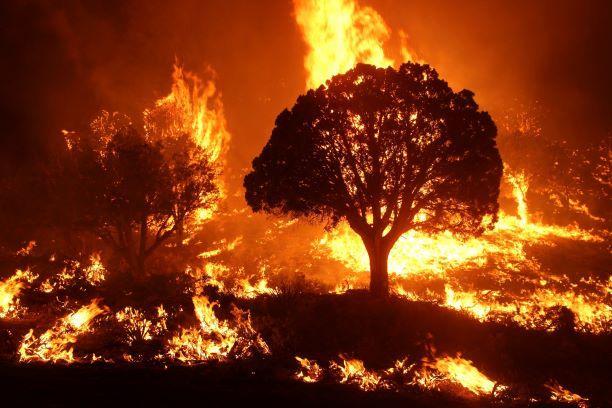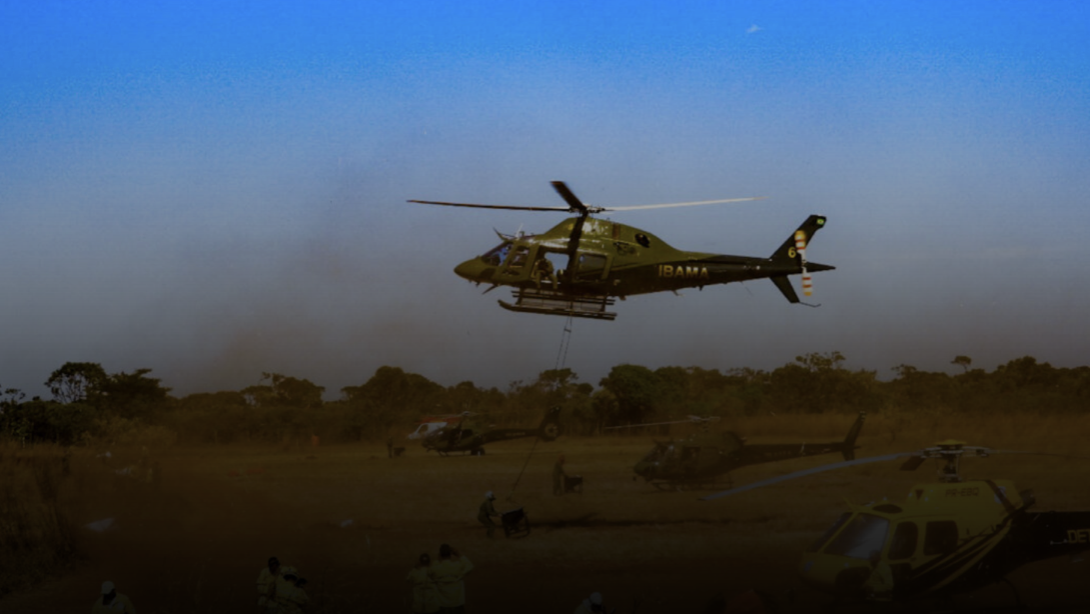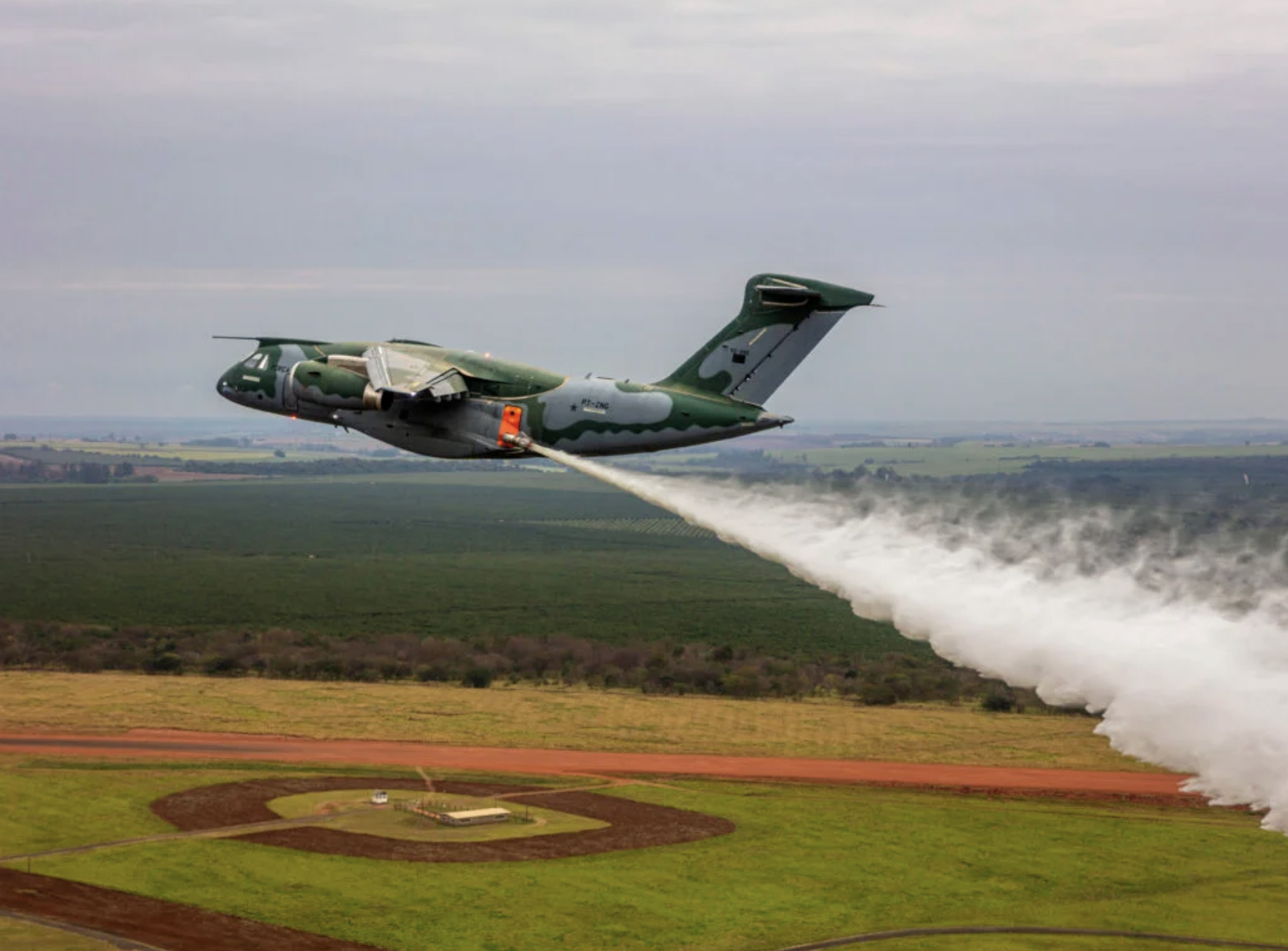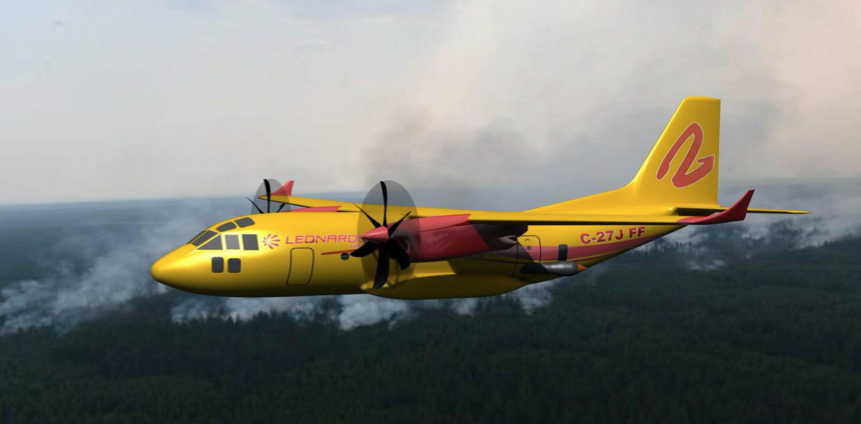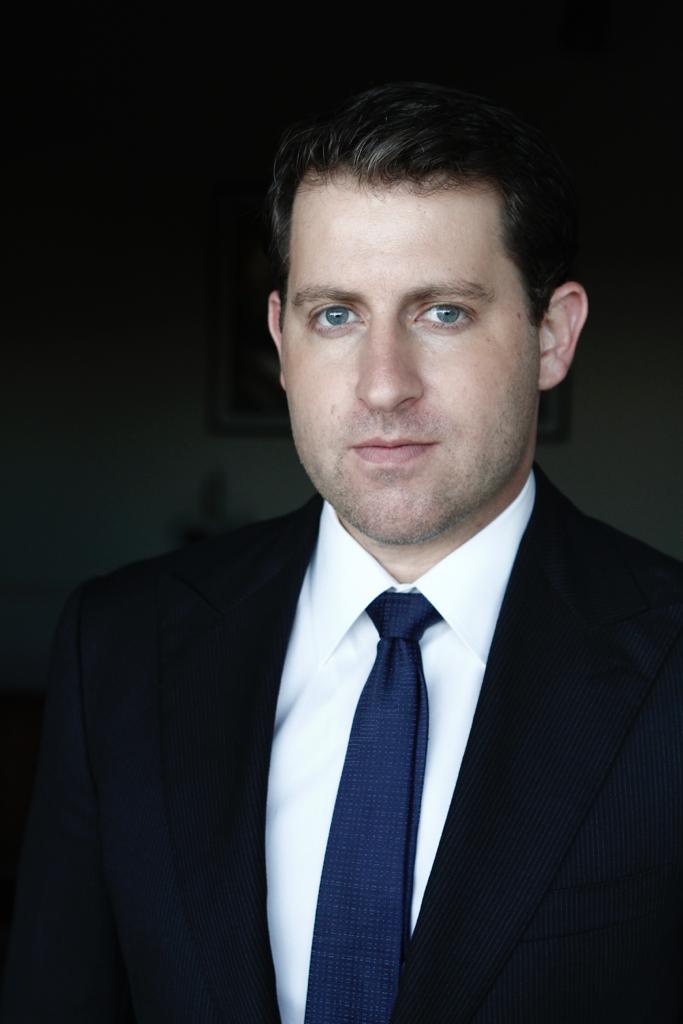By: Brett Richter
Fighting the deadly wildfires in Southern California required a coordinated team effort—from tactical crews attacking hazardous hot spots on the ground to planes and helicopters providing fire suppression from the air.
Specialized aircraft dropped massive amounts of water and colorful fire retardant to aid thousands of firefighters on the ground—some flying breathtakingly low to do it.
The water and chemicals released by aircraft were not designed to completely extinguish wildfires by themselves, though they were used to significantly reduce fires to allow access to ground crews. Instead, they were often used to build a barrier called a fire line, a strip of land cleared of flammable material down to bare soil. Fire lines helped contain or slow a wildfire’s spread.
California, Nevada, and Wyoming National Guard units sent aircraft and 1,850 personnel to assist California firefighting forces, the U.S. Air Force reported at the time. They supplemented what the California Department of Forestry and Fire Protection utilized against the Los Angeles wildfires:
CL-415 Super Scooper
The high-profile—and most eye-catching—firefighting aircraft was the Canadian CL-415 Super Scooper, a $30 million amphibious plane. It was capable of scooping 1,600 gallons of water from a lake in 12 seconds and dropping it on a fire minutes later.

It could release water from as low as 100 feet, whereas other aircraft had to release at higher altitudes.
Despite its price, the Super Scooper, which could quickly reload on water without landing, was considered extremely cost-effective in fighting wildfires, according to Business Insider.
Cal Fire did not own any Super Scoopers. Instead, it had been leasing two of the aircraft from the Quebec government every year for nearly 30 years.
In a notable incident last month, a private drone violated flight restrictions and collided with the wing of a Super Scooper working the Palisades Fire. The plane landed safely, was repaired, and returned to service the following day.
Quebec sent two more Super Scoopers to aid Cal Fire, according to the War Zone.
Bell UH-1H ‘Super Huey’
Cal Fire operated 12 UH-1H Super Huey helicopters, which were in the process of being replaced by Sikorsky Fire Hawk helicopters. Large buckets, used to transport water, were suspended below them to douse fire sites.

Sikorsky S-70i ‘Fire Hawk’ Helicopter
Cal Fire had 12 Sikorsky S-70i Fire Hawk helicopters and planned to add four more. They were deployed for first responses to wildfires and rescue missions.

Grumman S-2T Airtanker
Cal Fire maintained a fleet of 23 Grumman S-2T Airtankers, used for rapid deliveries of fire retardant on wildfires. The planes were strategically based throughout California.

North American OV-10A Bronco Air Tactical Aircraft
Cal Fire operated 16 North American OV-10 Air Tactical aircraft. They were primarily used as command, control, and coordination platforms in wildfire incidents.

C-130 Hercules Airtanker
Cal Fire had seven C-130 Hercules Airtankers, deployed for the rapid delivery of fire retardant on wildfires.

Additional C-130s equipped with Modular Aerial Fire Fighting Systems joined California firefighters, as reported by the U.S. Air Force at the time.
The planes came from the 146th Airlift Wing in California, the 152nd Airlift Wing and 192nd Airlift Squadron in Nevada, the 153rd Airlift Wing and 187th Airlift Squadron in Wyoming, and the 302nd Airlift Wing and 731st Airlift Squadron from U.S. Air Force Reserve units based in Colorado Springs.
These aircraft and personnel played a crucial role in containing and managing the devastating wildfires that threatened communities across Southern California.
